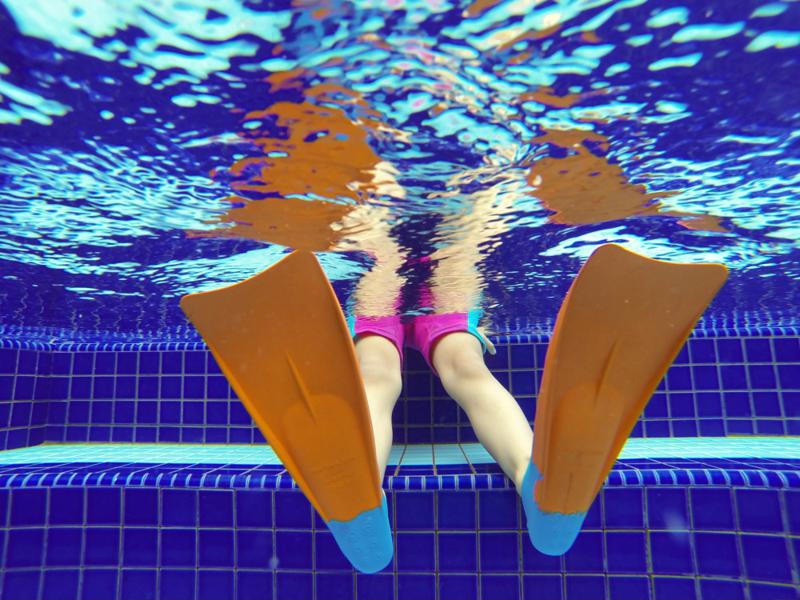Adjusting pool temperatures in the summer with tankless heaters

Ah, the comforts of a pool.
During the summer, the pool serves as an oasis in a very literal sense, allowing you to escape from the uncomfortable, thick heat of the season’s air and beating sun, into an invigorating, refreshingly cool sanctuary. Pools are safe havens for everyone in your household and an undeniable relief from life’s stresses, whether it’s been a difficult day at your or your spouse’s job or one of the kids’ went through a frustrating baseball game and struck out – or any other troublesome situation you can imagine. A dip in the serene waters of the pool can make anyone’s stresses disappear, at least for a short while.
Just because it’s the summer doesn’t mean you won’t regularly adjust your pool’s heating levels.
You might be thinking that heat is the last thing you’ll be seeking out when you use your pool during the summer. However, the water in either an in-ground or above-ground pool isn’t exactly cold – it’s generally somewhere in the vicinity of room temperature, or 70 to 75 degrees Fahrenheit. Swimming in water that’s significantly cooler than that, like 65 degrees or less, is a lot colder than it sounds like and is an acquired taste for adventurous swimmers.
Point being: you need to regulate the temperature of your pool on a regular basis, even in the season of greatest warmth, and keep it heated to some extent. But how should you go about this task? Let’s take a look at the factors that come into play, as well as possible heating methods, such as electric tankless water heaters:
How warm do you want your water?
Before we even tackle the question of adjustment, consider people’s different tastes in water temperature. Some folks, as we briefly noted above, like their swimming water to be in the mid to high 60s. Others are the exact opposite and prefer to splash around in H20 that’s 80 to 85 degrees Fahrenheit – or even warmer!
Most people go with something in the 70-degree range, of course. But if someone in your household does prefer those temperatures, you may be slightly restricted in your choices. According to Florida Public Utilities, only propane or natural gas will provide enough heat to easily reach those temperatures – and those are quite costly to use as regular pool-heating methods.
Conversely, if you want your pool water to be in the mid- to high 60s – or if you live in a warm area of the U.S. – you can probably use solar heating. Solar panels can’t raise the pool temperature by more than 15 degrees Fahrenheit, according to FPU but pool owners in Florida or California can rely on the sun for the rest of their heating needs.
 Regulating your pool’s heat is particularly important during the summer.
Regulating your pool’s heat is particularly important during the summer.Accommodate the whole family and their needs
According to Pool Center, age plays a part in water comfort. Kids aged 12 and under and senior citizens both need warmer pool water – 80 degrees Fahrenheit or higher. People with certain medical conditions may also do better in such temperatures. This is doubly true if you or someone in the family uses the pool as a form of hydrotherapy. Also, if you’ve got a kid who swims competitively and has to practice on a regular basis, you’ll need the heat on even after summer, so this should also play into your decision.
Pool Center also noted that it may be best to keep the thermostat somewhere between 78 and 82 degrees Fahrenheit to serve the widest range of needs.
Mitigating causes of heat loss
Regardless of the heating method you rely upon, there will almost always be some heat loss. You can mitigate this by placing a solid pool blanket over the pool’s water when not in use – or you can consider using tankless water heaters.
Why go with tankless?
Electric tankless water heaters from Ecosmart are perfect for the close regulation that’s required when heating a pool. Both models in the Smart Pool series can raise pool water temperature between 1 and 1.5 degrees Fahrenheit each hour. Digital thermostats and flow sensors allow you to set and maintain the perfect comfort level.
